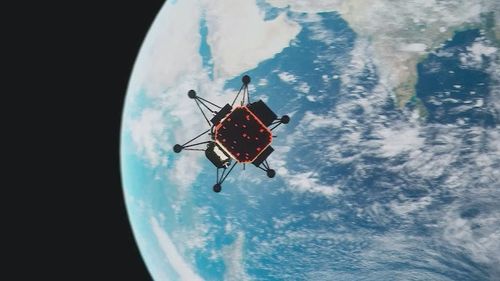Advanced Navigation will become the first Australian company to deploy technology to the moon, in a new bid set to “take all the risk out” of future landings.
Xavier Orr from Advanced Navigation said the company had miniaturised new technologies, which have the capacity to improve moon landing capabilities and better manage the risks involved.

The technology uses low-powered laser sensors to determine objects relative to spacecraft—like the moon— and will be integrated in future rocket launches.
“We’re really fortunate to be the first Australian company landing on the moon,” Orr said.
“Typically in the movies when you you see a moon landing in the control centre, everyone will be gritting their teeth because it’s quite a risky exercise.
“Our technology takes all the risk out of it… It can see through dust and atmospheric problems on the moon and you can have a really reliable land.”
The technology has caught the eye of US company Intuitive Machines, currently working on contracts with Nasa to fly equipment to the moon.
“We will launch on a Space X Falcon nine rocket — 32 minutes after launch we separate and at that point we are basically shot out of a cannon on our way to the moon,” Intuitive Machines vice president Tim Crain said.
“You could imagine seeing an elementary school built around our first lander with it roped off as a museum exhibit 100 years from now.”
The new system from Advanced Navigation will be phased into Intuitive Machines projects gradually as the technology develops.
Orr said while the technology is set to touch down on the moon for the first time in 2025, it will be used in other applications like aviation in the mean time.
“We’re expecting to see that it’s deployed over the next year in commercial aircraft and then beyond that there’s things like the flying taxi industry,” he said.
